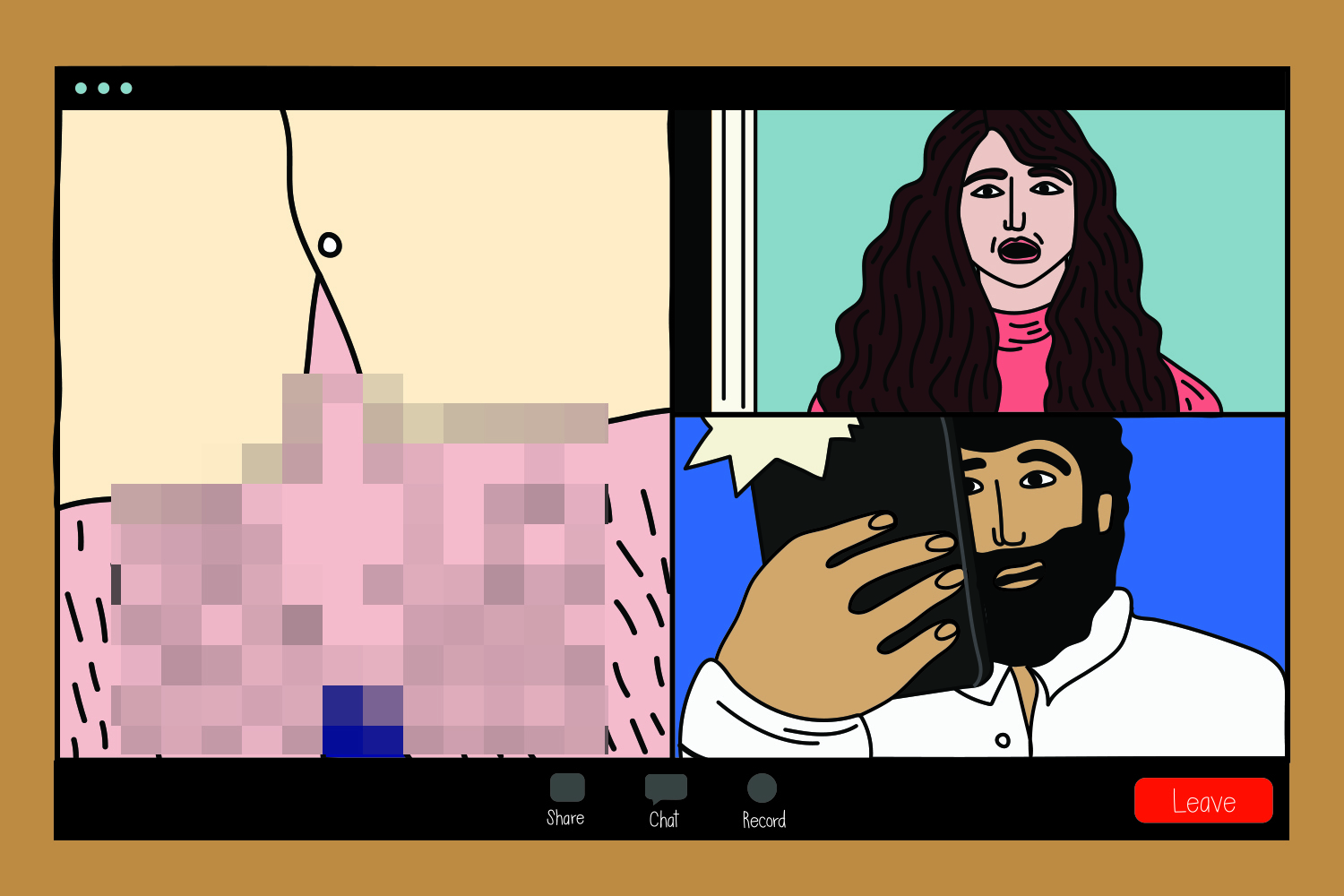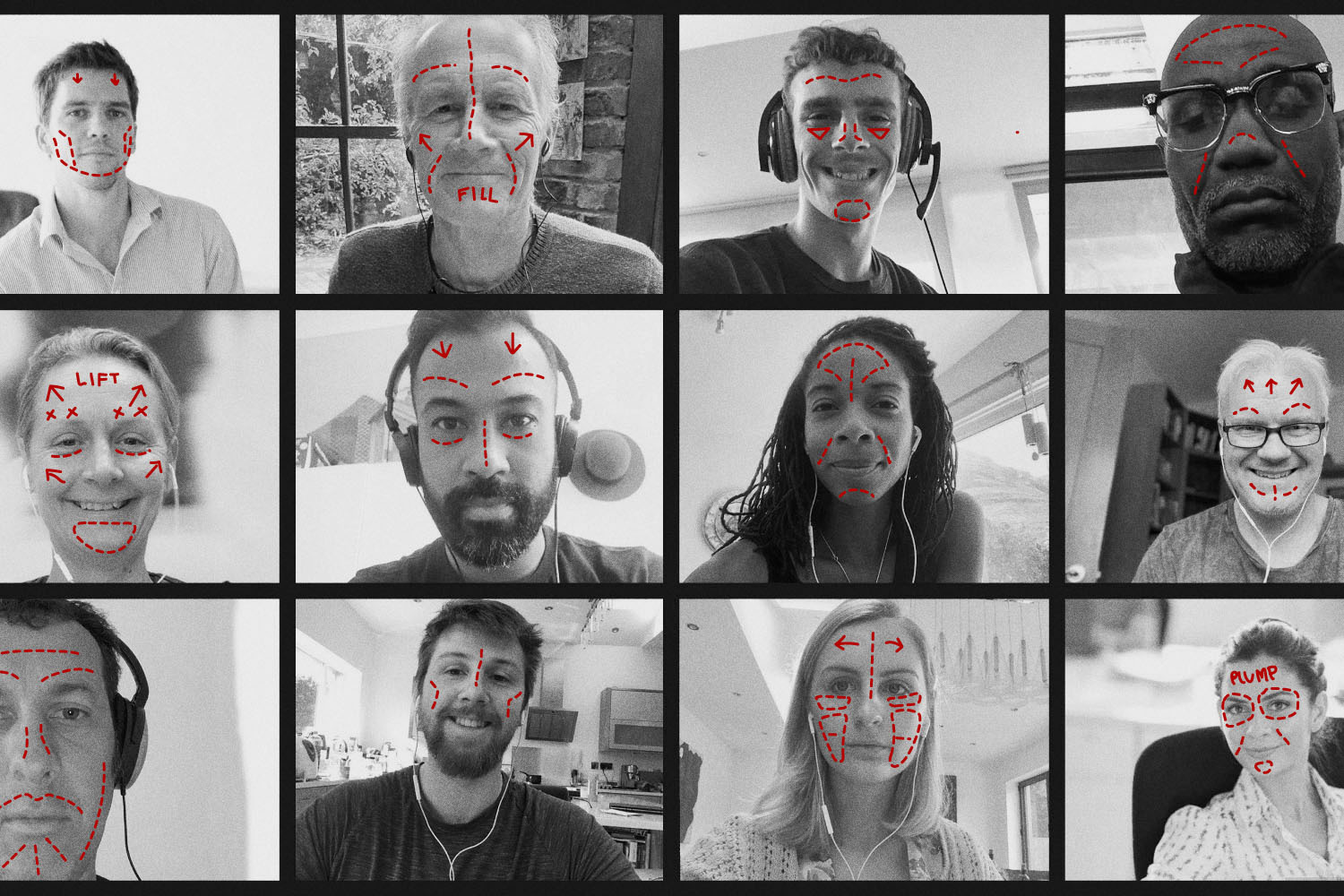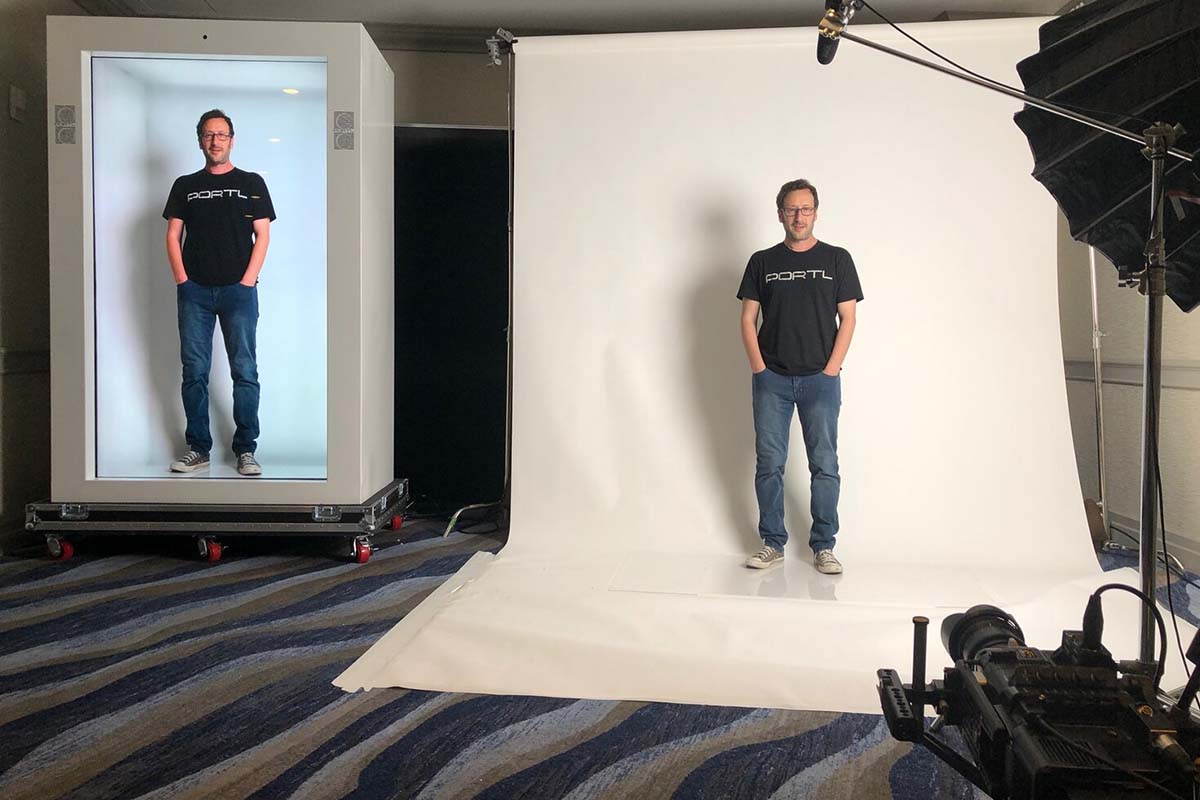The big joke for the last year and a half is that everyone working from home is not wearing pants while embracing a more casual relationship to work.
But when it comes to work-from-home calls — particularly on video conferencing apps like Zoom — you’d best not get too comfortable a la Jeffrey Toobin. According to a new report by Vyopta Inc., a company that offers workplace and collaboration insights, nearly one in four U.S. executives have seen someone at their company get fired for making a video or audio conference mistake (as reported by Bloomberg).
In a survey of 200 U.S. executives at companies of 500 or more employees between July 30 and August 10, 83% of respondents claimed they had seen an employee receive some sort of Zoom-related disciplinary action, from being removed from a project to formal/informal reprimands. The survey did not specify the types of video/audio conference mistakes, although Bloomberg posits it involves “joining a call late, having a bad Internet connection, accidentally sharing sensitive information, and of course, not knowing when to mute yourself.” (Nothing Toobin-level here.)
The reason your boss may be hinting at an office return sooner than later? Executives surveyed said they only trusted 66% of their staff to “correctly navigate the remote technology needed to make remote work successful.” And 32% of those execs say they have lost a client or business opportunity because of technology or connection issues, while another 41% have missed a project deadline.
Don’t panic: A whopping 97% of these same execs already or plan to offer a work-home hybrid for the foreseeable future.
“The data clearly shows that there is a misalignment in expectations regarding remote and hybrid work between management and employees and a lack of training on how to manage and perform in this new way of working,” said Alfredo Ramirez, CEO of Vyopta.
Meanwhile, Zoom itself is learning some hard lessons: Recent slowed growth and lower-than-expected earnings caused the company’s stock to plunge this week as it tries to figure out how to become more than just a video conferencing app.
Thanks for reading InsideHook. Sign up for our daily newsletter and be in the know.

















